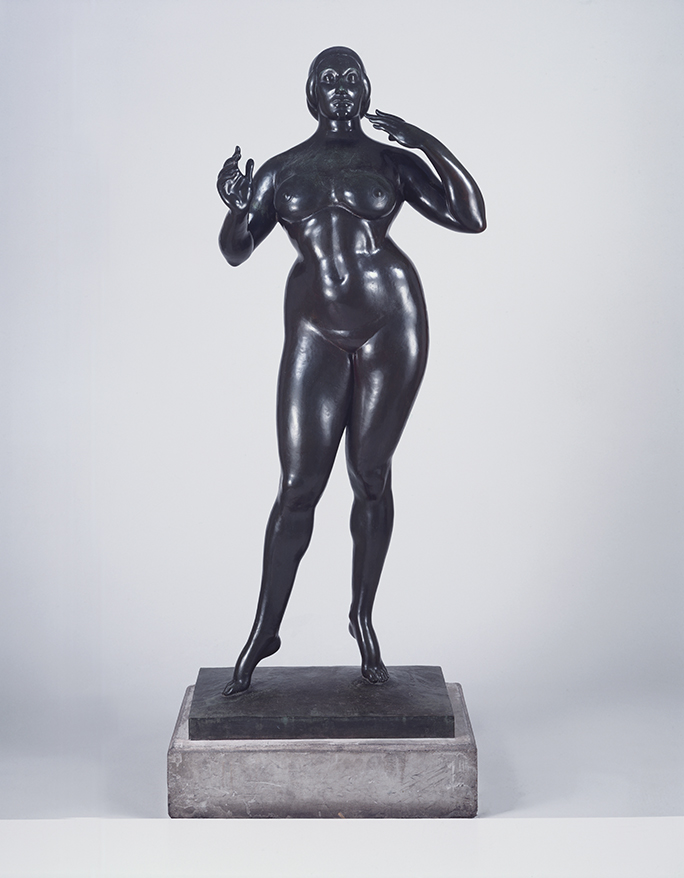A fascinating new exhibition seeks to investigate for the first time the integral relationships among modernism, classicism, and pop imagery through interwar sculpture. Who are the central players, and where can you see it?
The Portland Museum of Art, Maine, has recently mounted an incredible exhibition that explores the formative sculpture of modernists Gaston Lachaise, Robert Laurent, Elie Nadelman, and William Zorach. Titled “A New American Sculpture, 1914-1945,” the show explores how this cohort of European-born sculptors became important figures of modernism in the United States. Amassed from both public and private collections, this gathering of 60 sculptures and several preparatory drawings “reveals the confluences of sources — from archaism and European avant-garde art to vernacular traditions and American popular culture — that informed these artists’ novel contributions to the history of sculpture,” the museum writes. “[The exhibition] also addresses the remarkable affinities between the oeuvre of four divergent personalities, who redefined sculpture’s expressive potential during the turbulent interbellum period.



“Between 1900 and 1914, Lachaise, Laurent, Nadelman, and Zorach each enjoyed formative experiences in Paris amid an exhilarating era of artistic experimentation and fomentation. They witnessed the development of modern sculptural modes informed by divergent currents of classicism, global sources, the energy of science and industry, and nontraditional technical approaches. By the beginning of the first World War, all four artists had settled in the United States, each responding differently to his new home and laying the seeds for what would become their shared, lifelong preoccupation: exploring the communicative power of the human form.”
The exhibition opened on May 26 and will be on view through September 8. To learn more, visit the Portland Museum of Art.
This article was featured in Fine Art Today, a weekly e-newsletter from Fine Art Connoisseur magazine. To start receiving Fine Art Today for free, click here.








